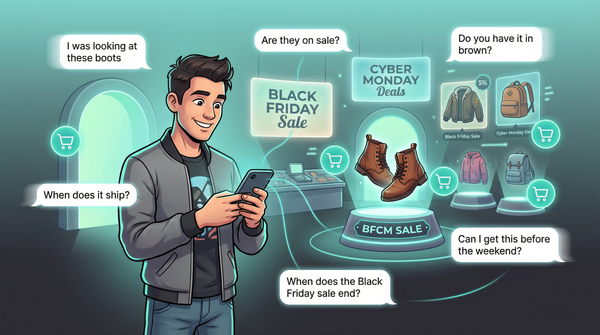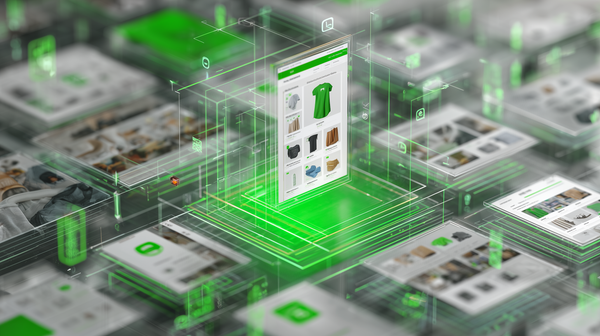Content Marketing Comeback: DTC Brands Invest in SEO and Storytelling

The days of effortlessly riding on paid social's coattails are behind us in the DTC world. With customer acquisition costs (CAC) skyrocketing due to iOS privacy changes and fierce competition from giants like Temu and Shein, Shopify founders are revisiting the fundamentals of growth. Imagine this: the cost-per-click for certain retail terms has ballooned 16x between 2022 and 2024, particularly around Black Friday (Investing.com).
It's a tough landscape, and as one e-commerce expert notes,
“It’s brutal out there, it’s really hard” (Investing.com).
With return on ad spend (ROAS) in a state of flux, many DTC operators are reviving a tried-and-true strategy: content marketing. From SEO-rich blogs to founder-led storytelling, this approach is emerging as a sustainable, cost-effective growth engine.
Ad Costs Are Forcing a Channel Rebalance
Performance marketing on platforms like Facebook and Google has become unpredictable—and expensive. Growth strategist Kevin Sussat succinctly puts it:
“Rising CAC is the #1 challenge brands face when scaling their ad budgets” (LinkedIn).
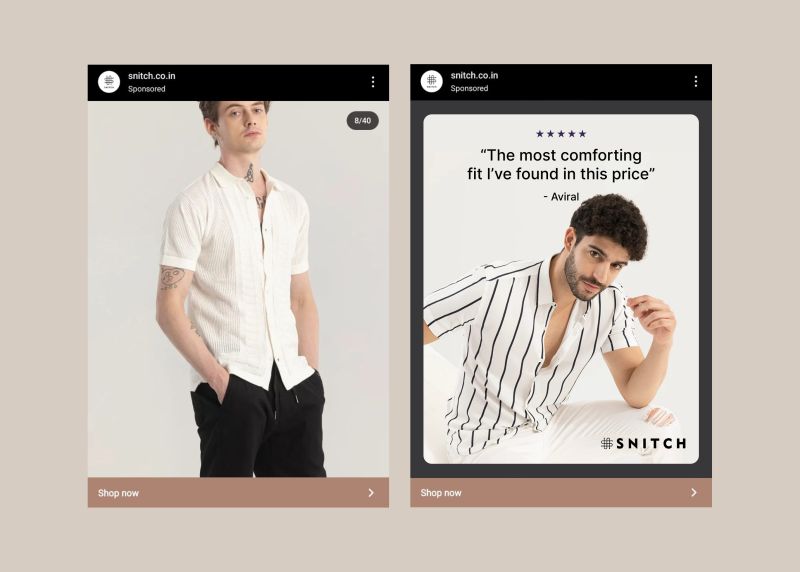
The days of simply outspending competitors are over. Instead, DTC leaders are focusing on increasing average order value (AOV) and lifetime value (LTV), while diversifying their channel mix (LinkedIn). DTC consultant Norman Chu highlights a strategic pivot towards influencer seeding, SEO, and community-driven content to build brand equity that isn't subject to the whims of ad auctions (LinkedIn).
SEO: The Most Durable Channel in Your Arsenal
For DTC brands, SEO is non-negotiable. Organic search is projected to drive over 50% of all e-commerce traffic by 2025, outpacing paid search and social combined (OpenSend). Presently, about 40% of all e-commerce traffic originates from organic search, compared to roughly 33% from paid sources (OpenSend). Even more compelling is the conversion rate: organic visitors convert at a 14.6% rate—almost triple the average of other channels (OpenSend).

By mid-2025, 60% of DTC brands are expected to integrate SEO tools into their operations (Digiday). This isn't just theoretical. One Shopify founder increased product page traffic by 25% in a single quarter by investing in SEO-driven blog content (eCommerce Fastlane). If you're not optimizing for search, you're letting high-intent customers slip through your fingers.

The New Media Mindset: Storytelling and Educational Content
Content marketing isn't solely about keyword rankings. The most successful DTC brands today are winning by crafting compelling narratives and providing genuine value. With consumers increasingly tuning out ads, brands that educate, entertain, or inspire are capturing attention. In 2024, 56% of brands identified creating engaging, story-driven content as a top priority (studioID).

Founders are stepping into the role of chief storytellers, offering an unvarnished look at their brand's journey. Glossier, for example, built its success on the back of Into The Gloss’s 2 million+ monthly blog readers (Glossy). Across industries, brands are evolving into mini media companies—fitness brands with magazine-style blogs, cookware brands with recipe content, and apparel brands hosting lifestyle podcasts.
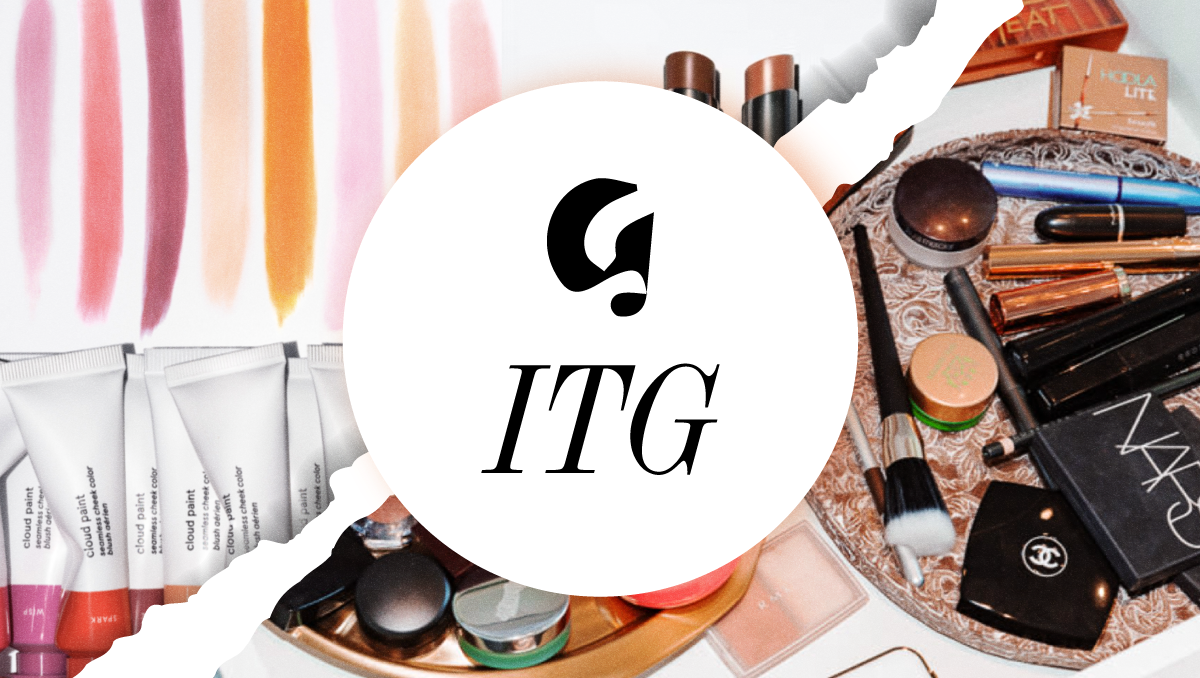
Storytelling also fosters community. By sharing founder journeys on platforms like LinkedIn or X, spotlighting customers, and leveraging user-generated content, brands amplify trust and reach. As Ad Age suggests, when DTC founders authentically embody their own story, trust and visibility naturally follow.
Content as a Path to Sustainable, Compounding Growth
Content isn't just another channel—it's a strategic moat. While paid ads cease to function the moment you pause spend, content like blog posts or educational videos can generate traffic and sales for months, even years. That's why 63% of content marketers reported year-over-year traffic growth entering 2025 (Siege Media), and over 11% plan to invest $45,000+ per month in content this year—three times last year’s share (Siege Media).
Content enhances every stage of the funnel. Educational and story-driven content deepens brand affinity, boosting customer LTV and retention. SEO content attracts high-intent shoppers, while email newsletters nurture and monetize audiences at almost no marginal cost. The best operators leverage content to amplify the effectiveness of all other channels—ads, email, and even SMS.
The Operator’s Edge: Blending Automation with Human Connection
As automation becomes ubiquitous, the brands thriving in 2025 are those integrating scalable systems with genuine human connection. Take LiveRecover as an example. It’s an SMS cart recovery platform manned by trained human agents. When a shopper abandons their cart, LiveRecover's team personally texts the customer, addresses objections, and assists in closing the sale in real-time.
Why is this important? Because LiveRecover consistently outperforms automated flows. Customers feel like a real person is engaging with them—not a faceless bot—leading to increased revenue recovery and sustained trust. This exemplifies how DTC operators can blend the efficiency of automation with the warmth of human interaction, whether in conversational commerce or content marketing. The takeaway: in a world dominated by AI, the human element can be your competitive edge.
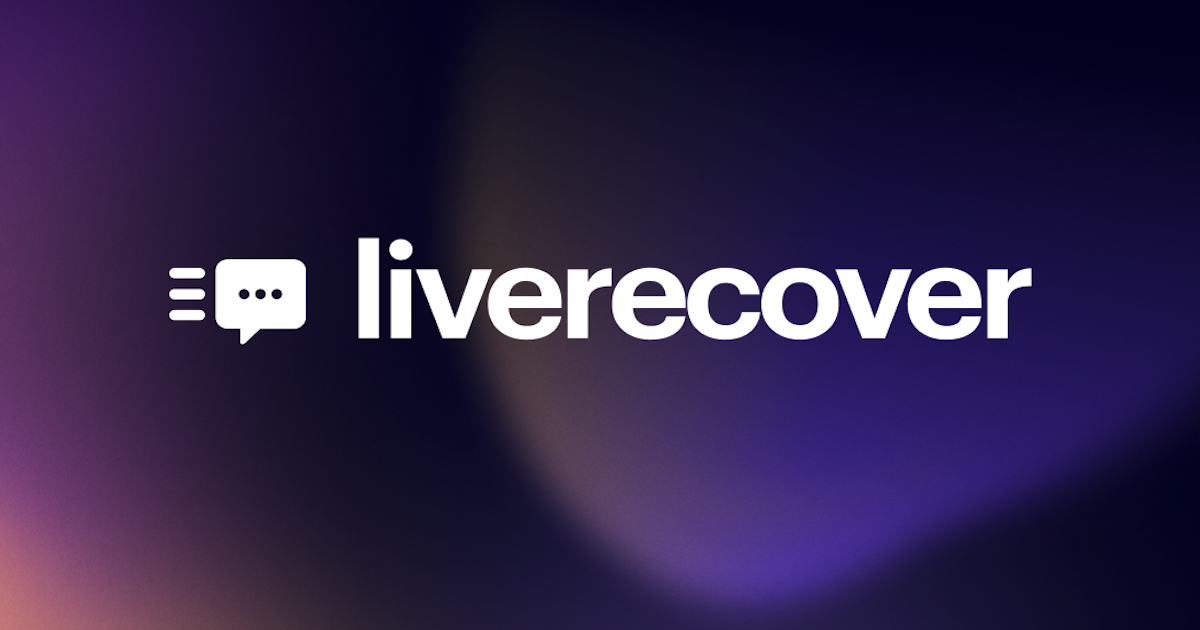
Key Takeaways for Founders
For mid-sized DTC brands—especially those using Shopify—the message is clear: content marketing isn't just back; it’s foundational. Evaluate your blog, SEO efforts, and storytelling initiatives. Is your content genuinely valuable? Are you visible where your customers search and scroll? Are you building a brand that stands for more than just a product and a price?
This is a long game. But as ad costs rise and platforms evolve, your investment in content, community, and authentic connection will pay off. You’ll attract evergreen traffic, nurture loyalty, and own your audience—rather than renting it at ever-increasing costs. In the race for sustainable DTC growth, content is your edge.
Bottom line: The DTC brands mastering SEO and storytelling today will enjoy reduced CAC, increased LTV, and a brand moat that no algorithm change can dismantle. The content marketing resurgence is real—and savvy operators are already capitalizing on it.
Subscribe for weekly DTC insights.







